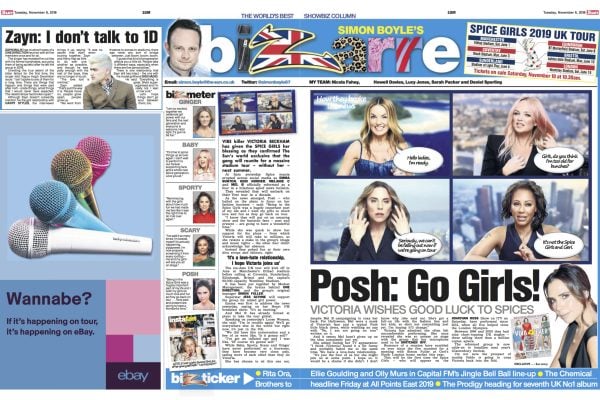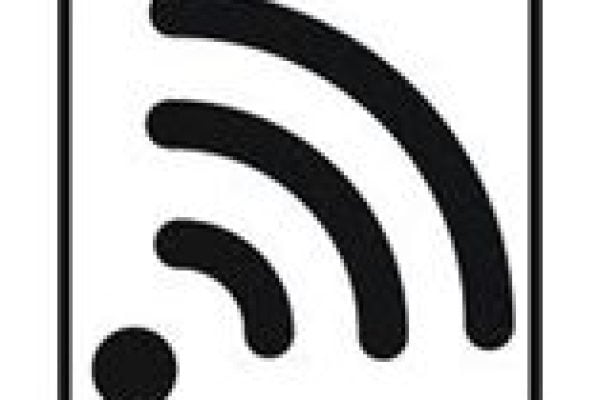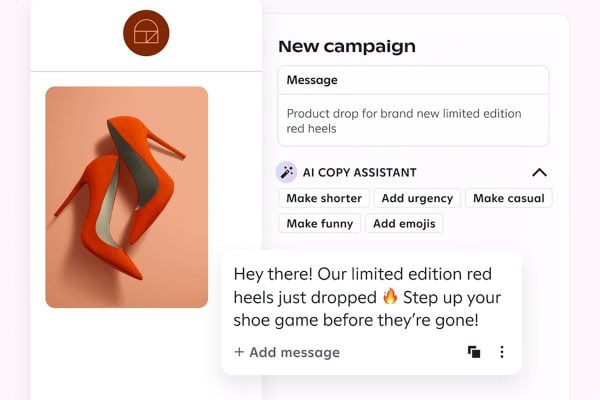Jakob Nielsen, useability guru, features eBay in this morning’s edition of his email newsletter:
In presenting the record numbers, the CEO, Meg Whitman, said that “the company had been benefiting from changes in the user experience that had increased the number of auctions leading to sales” (as quoted in The New York Times, April 19).
This is a great example of the benefits of usability for e-commerce: income comes from multiplying the amount of use with the conversion rate. The more you improve the user experience of finding products, researching them, and buying them, the higher your conversion rate.
Yet most sites invest vastly more in bringing in new traffic (increasing an almost-irrelevant “unique user” count) than they invest in making these users convert.
The cost of doubling traffic is a hugely expensive advertising campaign. Doubling conversion costs a modest usability project to identify your users’ main pain points followed by targeted redesigns of those elements. Much cheaper  and a sustainable advantage, whereas traffic brought in by ads will subside when your advertising budget runs out.
In eBay’s case, user experience is so important for profits that it’s one of the main things the CEO mentions to the financial press in presenting the quarterly results. eBay has a particularly competent user experience department, but smaller companies usually find that a smaller usability effort can increase their financial performance materially. Your first usability test will uncover a gold mine of low-hanging fruit, to mix metaphors.
> New York Times article about eBay (paid access):
(Quoted with permission from the author.)
It will be interesting to see if this changes as more bells and whistles, from off-site links to blogs, are added to the site.








